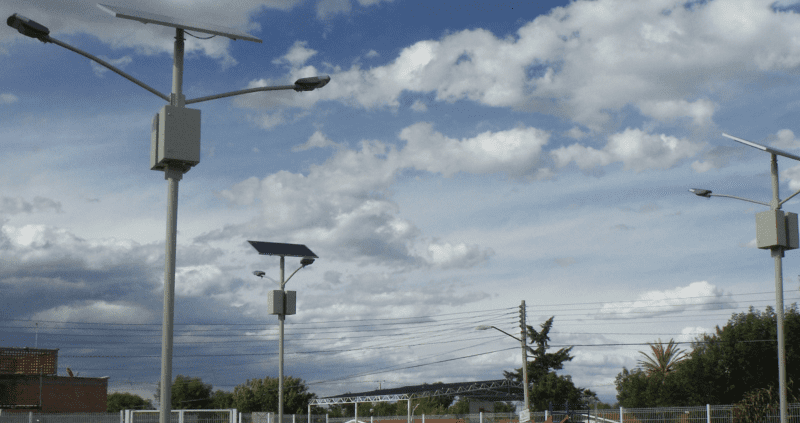Do Solar Lanterns Work in Winter?
A frequent question that is usually in the minds of users is whether the solar Lanterns will still work during cold and icy months. And the answer is Yes, most solar Lanterns are designed to operate in a variety of different climatic conditions which include heavy rain and snow. In fact, solar panels work better at cold temperatures than in hot temperatures. All solar Lanterns work in winter as long as the solar panel gets exposure to daylight to power up the batteries to a point that it is able to function.
How do they get charged in winters?
PV solar panels work by getting the energy from sunlight. It doesn’t matter whether it is cold or hot outside as long as UV rays hit the PV panels. Let’s find out how PV cells work through the photovoltaic effect.
The solar panels are photovoltaic cells (also known as solar cells), which are made of semiconductors (a substance that can conduct electricity under some conditions but not others) material usually silicon. When UV light from the sun hits the cells, the photons present in the UV light will let the electrons loose from their atoms, and as the electron flow through the cell, they produce electricity. Depending on the sunshine, if it’s bright, then a lot of electrons will get knocked causing lots of electric currents to flow. In case if it’s cloudy there will be a small number of moving electrons so the current will be reduced.
There is no heat involved in the process, so when generating electricity or moving the electrons, you don’t necessarily need a warm climate. One just needs enough exposure to direct sunlight for at least 6 to 8 hours before the solar light can get fully charged.
How snow helps solar panel to work better?
As we all know that snow is white and reflective. In fact, it is known to be the most reflective natural blanket of the earth. What this means is that snow acts as a mirror to project the sun rays towards the solar panel for better PV performance. Some of the PV light which falls onto the ground surfaces nearby gets reflected in multiple directions and can be used by the solar panel as a source of charging.
Another benefit of snow is that due to cooler temperature the output of PV panels is increased. Having the notion of common people that if it is cold outside, the solar panel is not going to work. The charging of PV panel has nothing to do with the heat energy that is available outside, it only needs exposure to UV light to get charged.
How is temperature related to PV panel performance?
As mentioned earlier, the heat energy from the sun has nothing to do with the charging of PV panel. When the UV light hits the panel, it creates the bumping and moving of the electron which produces some heat energy. When the system experiences cold temperatures, the electron won’t budge that much.
So, when the UV light hits the panel during cold weather, there is no excessive electron movement or electron collision. This will naturally incur a high voltage difference and with that, it brings more energy being created.
In contrast to when it is hot outside, such as in deserts, the electron collision induces more heat energy which causes loss of output. This is because excessive heat can lower the electron’s efficiency in converting the sun’s energy to current. As a result, hot temperatures lower the output energy generation. So, the best working scenario is when the temperature is cold outside and there is enough sunlight available.
Related article:
https://luxmanlight.com/how-to-choose-the-best-solar-street-light-factory-in-china//


